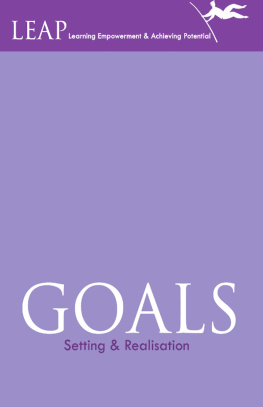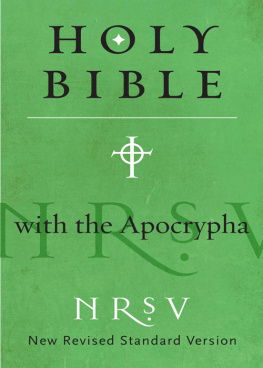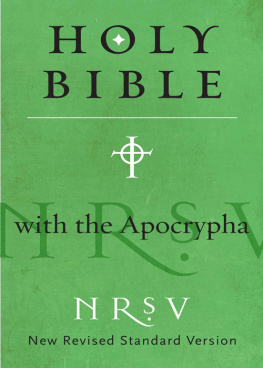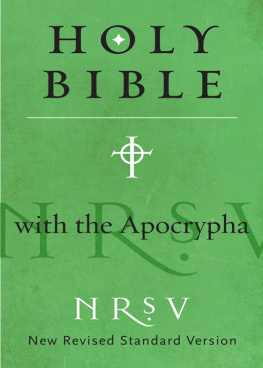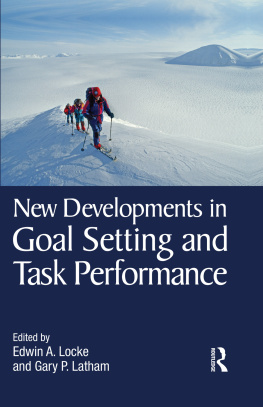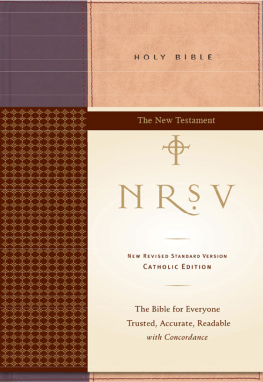Cover

| title | : | Setting Performance Standards : Concepts, Methods, and Perspectives |
| author | : | Cizek, Gregory J. |
| publisher | : | Lawrence Erlbaum Associates, Inc. |
| isbn10 | asin | : | 0805836748 |
| print isbn13 | : | 9780805836745 |
| ebook isbn13 | : | 9780585384702 |
| language | : | English |
| subject | Education--Standards--United States, Educational tests and measurements--United States. |
| publication date | : | 2001 |
| lcc | : | LB3060.83.S57 2001eb |
| ddc | : | 371.26/0973 |
| subject | : | Education--Standards--United States, Educational tests and measurements--United States. |
Page i
SETTING PERFORMANCE STANDARDS
Concepts, Methods, and Perspectives
Page ii
This page intentionally left blank.
Page iii
SETTING PERFORMANCE STANDARDS
Concepts, Methods, and Perspectives
Edited by
Gregory J. Cizek
University of North Carolina at Chapel Hill

Page iv
Copyright 2001 by Lawrence Erlbaum Associates, Inc.
All rights reserved. No part of this book may be reproduced in
any form, by photostat, microfilm, retrieval system, or any other
means, without prior written permission of the publisher.
Lawrence Erlbaum Associates, Inc., Publishers
10 Industrial Avenue
Mahwah, NJ 07430
Cover design by Kathryn Houghtaling Lacey |
Library of Congress Cataloging-in-Publication Data
Setting performance standards : concepts, methods, and
perspectives / [edited] by Gregory J. Cizek.
p. cm.
Includes bibliographical references and index.
ISBN 0-8058-3674-8 (hardcover : alk. paper)
1. EducationStandardsUnited States. 2. Educational
tests and measurementsUnited States. I. Cizek, Gregory J.
LB3060.83 .S57 2001
371.26'0973dc21
00-060974
Printed in the United States of America
10 9 8 7 6 5 4 3 2 1
Page v
Contents
Preface Gregory J. Cizek | ix |
Part I: Foundational Issues in Standard Setting | |
1 Conjectures on the Rise and Call of Standard Setting: An Introduction to Context and Practice Gregory J. Cizek | |
2 So Much Has Changed: How the Setting of Cutscores Has Evolved Since the 1980s Michael J. Zieky | |
3 So Much Remains the Same: Conception and Status of Validation in Setting Standards Michael T. Kane | |
4 Setting Performance Standards on Educational Assessments and Criteria for Evaluating the Process Ronald K. Hambleton | |
Part II: Standard-Setting Methods in Practice | |
5 Who Made Thee a Judge? Selecting and Training Participants for Standard Setting Mark R. Raymond and Jerry B. Reid | |
Page vi
6 Innovative Methods for Helping Standard-Setting Participants to Perform Their Task: The Role of Feedback Regarding Consistency, Accuracy, and Impact Mark D. Reckase | |
7 From Tradition to Innovation: Standard Setting on the National Assessment of Educational Progress Susan Cooper Loomis and Mary Lyn Bourque | |
8 Setting Performance Standards Using the Body of Work Method Neil M. Kingston, Stuart R. Kahl, Kevin P. Sweeney, and Luz Bay | |
9 The Bookmark Procedure: Psychological Perspectives Howard C. Mitzel, Daniel M. Lewis, Richard J. Patz, and Donald Ross Green | |
10 The Analytic Judgment Method for Setting Standards on Complex Performance Assessments Barbara S. Plake and Ronald K. Hambleton | |
11 An Integrated Judgment Procedure for Setting Standards on Complex, Large-Scale Assessments Richard M. Jaeger and Craig N. Mills | |
12 Standard Setting Using Cluster Analysis Stephen G. Sireci | |
13 Practical Issues in Setting Standards on Computerized Adaptive Tests Stephen G. Sireci and Brian E. Clauser | |
Part III: Continuing Issues in Standard Setting | |
14 Social, Educational, and Political Complexities of Standard Setting William J. Brown | |
15 Standard-Setting Challenges for Special Populations Martha L. Thurlow and James E. Ysseldyke | |
16 Legal Issues in Standard Setting for K12 Programs S. E. Phillips | |
17 Legal Issues in Standard Setting for Licensure and Certification Janet Duffy Carson | |
Page vii
18 Psychometric Theory and the Validation of Performance Standards: History and Future Perspectives Gregory Camilli, Gregory J. Cizek, and Catherine A. Lugg | |
19 Standard Setting and the Public Good: Benefits Accrued and Anticipated William A. Mehrens and Gregory J. Cizek | |
Contributors | |
Author Index | |
Subject Index | |
Page viii
This page intentionally left blank.
Page ix
Preface
It is surely more than a personal conviction to assert that a book on standard setting is sorely needed. Standard setting is routinely and frequently performed today in contexts as diverse as elementary and secondary school pupil proficiency testing to licensure for piloting aircraft, driving automobiles, selling real estate, dispensing drugs, or performing retinal surgery. In countries around the world, standard setting is a ubiquitous scientifically and socially informed activity that touches the lives of nearly all human beings in ways that can significantly alter their personal social, psychological, and economic courses.
For such an important enterprise, the field of standard setting has experienced hypertrophic development, growing from relative obscurity to a primary, public, and potent pursuit in nearly all contexts in which standards are set. A number of knowledgeable sources trace standard setting to Biblical accounts of the Gilead guards, China's civil service examinations of 200 B.C., even Chinese military selection dating to 2000 B.C. Whatever the roots, standard setting appears to have plodded along for centuries. As late as 1970, it was not controversial to set a standard using norm-referenced methods, which assured that, for example, 20% of a group of examinees would fail, not receive a license or credential, or not be selected for a special program. The 20% standard would be enforced across dozens of administrations of a test, blissfully oblivious to possible variation in the average capabilities of the groups being tested. As an area
Next page


